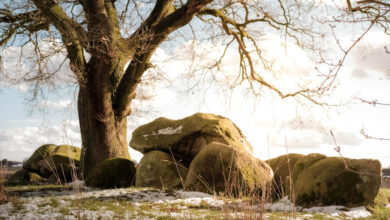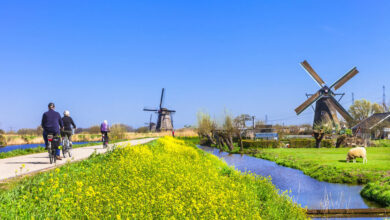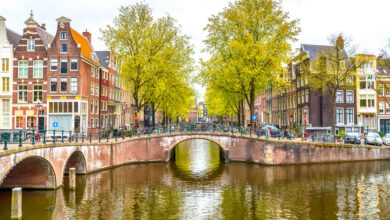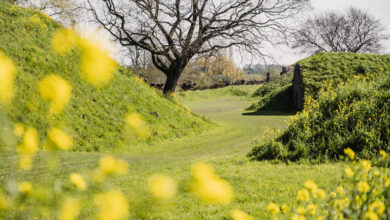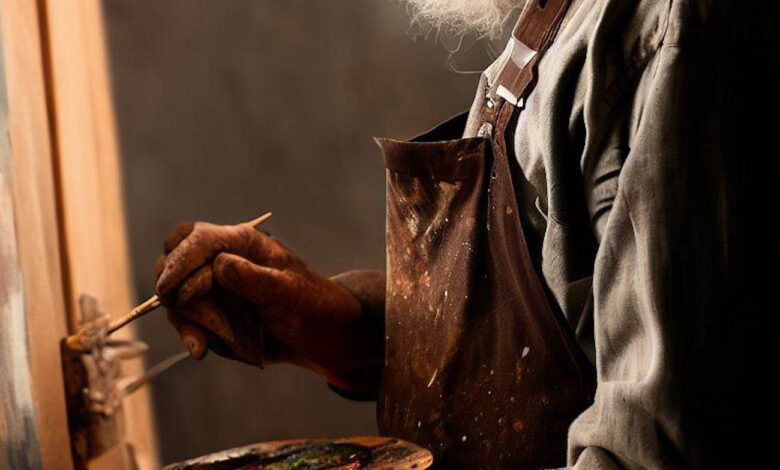
Famous Dutch painters
The Netherlands has a rich history of art and has produced many renowned painters over the centuries. From the 17th-century Dutch Golden Age to the contemporary art scene, Dutch painters have made a significant impact on the world of art. In this blog, we will take a look at some of the most famous Dutch painters and their contributions to the art world.
Rembrandt van Rijn (1606-1669)
Rembrandt is one of the most famous and celebrated painters in Dutch history. He was a master of chiaroscuro, a technique that uses strong contrasts between light and dark to create depth and drama in paintings. His most famous works include “The Night Watch,” “The Anatomy Lesson of Dr. Nicolaes Tulp,” and “Self-Portrait with Two Circles.”
Vincent van Gogh (1853-1890)
Vincent van Gogh is known for his bold use of color and expressive brushstrokes. He is one of the most famous painters of all time and his works continue to inspire and captivate art lovers around the world. His most famous works include “Starry Night,” “Sunflowers,” and “The Potato Eaters.”
Johannes Vermeer (1632-1675)
Johannes Vermeer is known for his exquisite use of light and color in his paintings. He is considered one of the greatest painters of the Dutch Golden Age and is renowned for his depictions of everyday life. His most famous works include “Girl with a Pearl Earring,” “The Milkmaid,” and “The Art of Painting.”
Piet Mondrian (1872-1944)
Piet Mondrian was a pioneer of abstract art and a leading member of the De Stijl movement. He is known for his use of simple geometric forms and primary colors. His most famous works include “Composition II in Red, Blue and Yellow” and “Broadway Boogie Woogie.”
Frans Hals (1582-1666)
Frans Hals was a master of portraiture and known for his lively and vibrant depictions of his subjects. He is considered one of the greatest portrait painters of the Dutch Golden Age. His most famous works include “The Laughing Cavalier,” “Portrait of a Young Man with a Glove,” and “The Regents of the Old Men’s Almshouse.”
Jan Steen (1626-1679)
Jan Steen was a genre painter known for his humorous and lively depictions of everyday life in the Dutch Golden Age. His works often depicted scenes of merrymaking, drinking and feasting. His most famous works include “The Feast of St. Nicholas,” “The Merry Family,” and “The Doctor’s Visit.”
Dutch painters have made a significant impact on the world of art and their contributions continue to inspire and captivate art lovers around the world. From Rembrandt to Vincent van Gogh, Johannes Vermeer to Piet Mondrian, Frans Hals to Jan Steen, Dutch painters have created some of the most celebrated and recognizable works of art in history.
Where you can see the works of these famous Dutch painters
The paintings of these famous Dutch painters are located in various museums and galleries around the world. Here are some of the notable locations where you can see their works:
Rembrandt van Rijn – Rijksmuseum, Amsterdam | National Gallery of Art, Washington D.C. | The Louvre, Paris | The Metropolitan Museum of Art, New York.
Vincent van Gogh – Van Gogh Museum, Amsterdam | The Museum of Modern Art, New York | The Art Institute of Chicago, Chicago | Musée d’Orsay, Paris.
Johannes Vermeer – Rijksmuseum, Amsterdam | The Mauritshuis, The Hague | The National Gallery, London | The Metropolitan Museum of Art, New York.
Piet Mondriaan – Gemeentemuseum Den Haag, The Hague | The Museum of Modern Art, New York | Tate Modern, London | Centre Pompidou, Paris.
Frans Hals – Frans Hals Museum, Haarlem | The National Gallery, London | The Metropolitan Museum of Art, New York | The Louvre, Paris.
Jan Steen – Rijksmuseum, Amsterdam | The Mauritshuis, The Hague | The National Gallery, London | The Metropolitan Museum of Art, New York.
These are just a few of the many museums and galleries around the world where you can see the works of these famous Dutch painters. Many of these museums also have online collections that allow you to view their works from the comfort of your own home.
